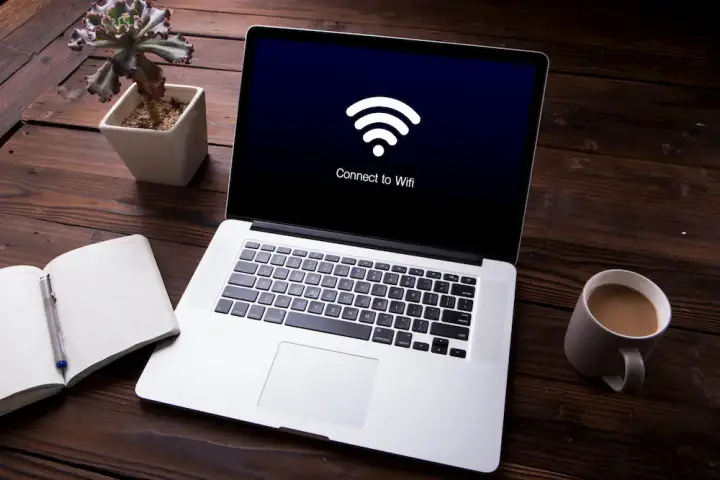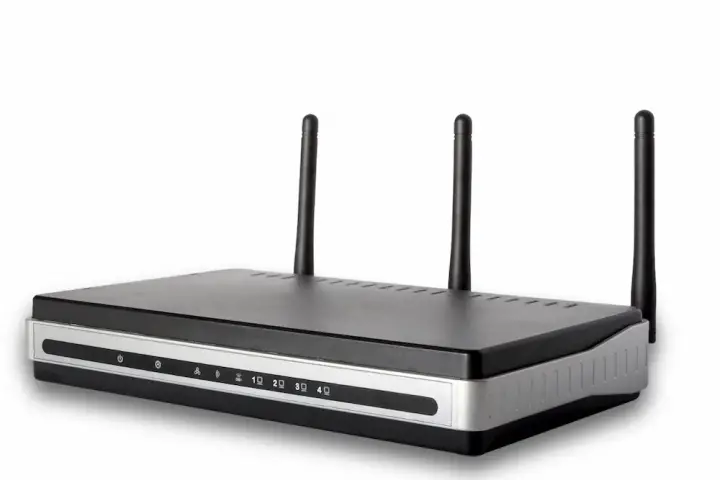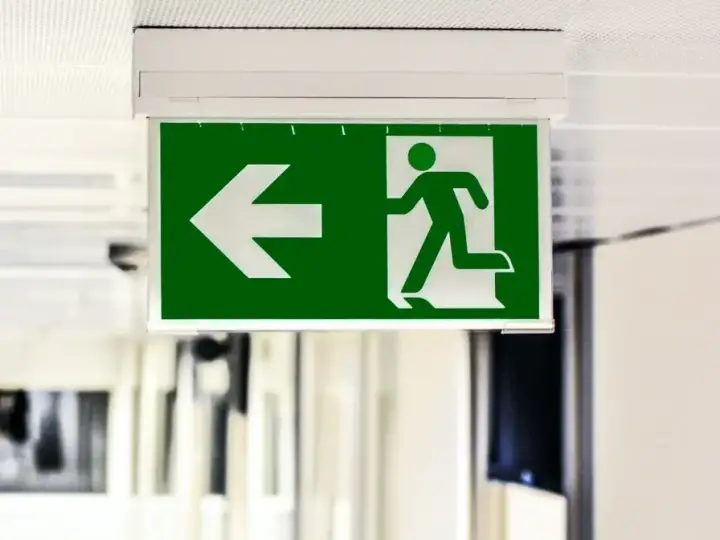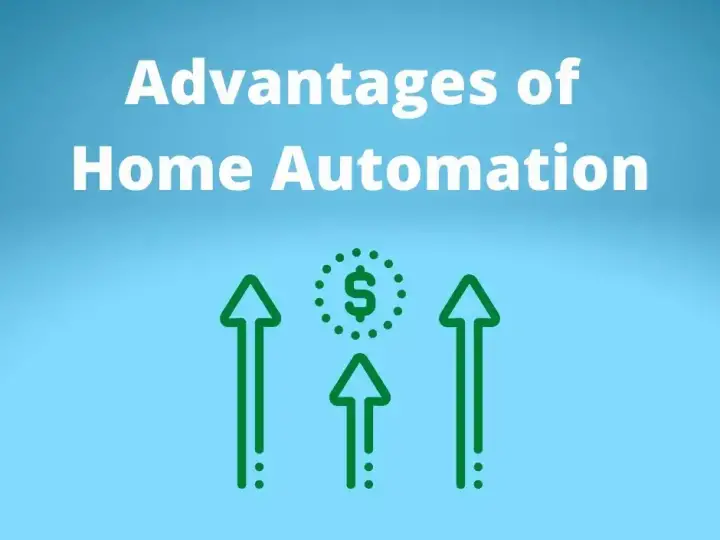Smart Lights Are Slowing Down Your WiFi - This is Why
Updated on 30th Sep 2020 22:39 in General, IoT, Smart
Building a smart home is exciting, so it isn't surprising that many will want to jump straight into the fun of purchasing devices and setting up automations. However, spending a bit of time planning how things will come together can save a lot of time and money in the long run. The issue is often the same, what works at first doesn't always scale up to larger configurations involving many more devices. Let's take a look at some of the problems with only using WiFi in a smart home.

Table of Contents
Should you only use WiFi devices?
No. Generally, it is not a good idea to build any smart home around a single technology, but WiFi can be especially harmful. It's important to clarify that there is nothing wrong with WiFi devices! They are lovely in many ways and provide an easy way for many to start getting into smart home technology without spending loads of money. These will serve you well for a long time, and depending on your configuration may never be problematic.
However, for many, the problems will begin when the smart home starts to come together. There is a big difference between having 5 smart devices on a WiFi network and having 100. While 100 might sound like a significant number, for a family home with 10 different rooms, it would only be 10 devices per room. As more elements of the house become smart, the network will quickly become overloaded, resulting in a very slow experience. We will go over the reasons WiFi can become a problem in the next section in more detail.
WiFi doesn't scale very well
What does scaling mean? It means that we want to increase the size of our system after it has been established. This is a very typical situation as it is highly unlikely anyone will have every component at the beginning of the installation. In fact, I would never recommend anyone to start by buying everything at once as there is no chance to learn anything. As a result, almost everyone will need their smart home to scale quickly as new elements are added. Several problems will arise as the scale increases.
Limits on device numbers
Often a hidden issue, every Access Point (AP) has a limit in terms of the number of connected clients. Most consumer-grade routers are actually combo units that include both an access point and a router built-in. That is one of the reasons you may have never heard of access points before, as they are pretty rare in the consumer space. In terms of providing wireless access, they are basically the same, so when we say access point, both types are included.
Unfortunately, calculating the real maximum number of clients on a given access point gets very complicated quickly. It doesn't help that most manufacturers don't provide an answer either, leaving you to figure it out on your own. That said, most consumer APs can support around 30 clients at any given time before running into any serious problems. What makes this more difficult is that those combo units are doing both the WiFi and the routing for your network, which means the maximum number of clients is likely even lower.
Another problem is that many basic routers provided by ISPs only support the /24 subnet, which is very common and usually goes something like "192.168.1.X". There are other variations too, but they are all the same for the purposes of this issue. As the subnet defines the number of IP addresses that can exist on any given network, there is really only 255 devices that can be online at any given time. That is regardless of bandwidth too, meaning that even if they are sensors using tiny amounts of bandwidth, this problem will still prevent it from functioning.
If you plan on having a lot of WiFi equipment, smart or otherwise, be sure to check out our article on WiFi optimisations you can make to ensure you get the best experience possible. The critical thing to remember is that large organisations such as schools and office buildings pay thousands of dollars to build an infrastructure capable of handling all of the clients that will be connected. You can expect to do the same at home if you will be adding loads of components that all use WiFi.

Internet bandwidth
There are a lot of cloud-connected devices that will usually also make use of WiFi to connect directly to the internet. As with the client limit, there is also a limit on your outgoing internet connection that can impact how things run. With only a few devices, this won't be a problem as they can easily reach the server even when many people are using the internet. Depending on the type of smart devices you plan on getting, this can change quickly.
Let's take cameras as an example. Many smart cameras will only work by first connecting to a cloud server, which will then send you the video frames it captured over the internet into your mobile phone or computer. With only one of these cameras, there isn't too much of a problem, but with just a relatively small amount, you can start to have issues. An estimate by Reolink is that each camera will conservatively use 1Mbps when not using the maximum resolution. This means that using only 5 cameras already requires 5Mbps of upload speed if you want to watch them all remotely.
Most systems will hopefully have some option to avoid needing to stream everything over the internet. Even then, viewing the cameras remotely can draw quite a large amount of bandwidth. The worry isn't that the cameras won't work, but instead that they will begin to interfere with regular network use. Imagine if browsing the internet suddenly became very slow because someone loaded up a live view of the cameras. These situations are uncommon but are worth considering when deciding between cloud-only and locally controlled devices.

Range issues
Almost everyone is familiar with WiFi range problems, but it must be said. One thing worth noting is that the access point can be as powerful as you want, but ultimately if the client can't respond to messages, it is sending the connection won't work. This is an important consideration as many smart devices have tiny antennas that have less reach than the one in a mobile phone. If phones have a hard time connecting from a spot, there are good chances smart devices will too.
While mesh networking does exist, it starts to get expensive quick as you increase the number of nodes in the network. Also, it will usually mean dumping the existing combo unit router and replacing it with more expensive equipment that is better suited to handle the load of a mesh network. In any case, without some solution to get good coverage, things like doorbells and other devices placed on the edge of the home will struggle to connect correctly.
Interference with the network
We already mentioned this, but interference is one of the biggest reasons you shouldn't only use WiFi devices to create a smart home. This applies on several levels as well, starting from the actual radio waves in the air all the way to the router that has to process all of this information flowing through the network. At a physical level, more devices on the network mean more "chatter" in the air which increases the chances of packet collisions and reduces reliability.
At a network level, if everything in your home communicates over WiFi, the network will become very congested. As information flows through the router is responsible for ensuring it goes to the correct place, and as more equipment comes online, its job gets progressively more challenging. There is a point where consumer machines will just not be able to keep up, resulting in much slower network speeds.
The biggest problem with this is not that it will affect your smart home installation, but instead that it will affect things that have nothing to do with it. In general, if a smart home runs into problems, it is inconvenient but not a big deal. Connecting everything to the same place means problems with one thing can begin to impact the other, which is never good. You wouldn't want the internet to go down as a result of all the extra load.

What do you use then?
With so many problems, we clearly need a different solution, but what should it be? There are a lot of other options, and as mentioned before, buying a load of expensive networking equipment is one of them. The option I recommend is to add some diversity to the system. You can still have WiFi devices, but now the load is shared over a separate network. This also helps by reducing the reliance on a single point, making your home more reliable as well.
One way to do this is by implementing a smart hub that supports protocols such as Zigbee or Z-Wave. While the hubs might still connect to WiFi, the local network communication is now handled by entirely different infrastructure. Another benefit of this approach is that hubs are designed for use in a home and to be easier to use than alternatives. In the case of Z-Wave, the manufacturers have made it such that each device can relay information to the next, which vastly increases the range at no extra cost to you.
The advantage of this approach is that you get all of the benefits of every ecosystem you implement! Using multiple different types of devices is a great way to help reduce the strain any given infrastructure may take. Infrastructure is less exciting than setting up smart plugs, and the best method to avoid having to deal with that is to mix and match. There are bridge modules that exist to tie everything together, and if you are willing to do a bit of DIY, Home Assistant is one of the best for using multiple protocols together.



